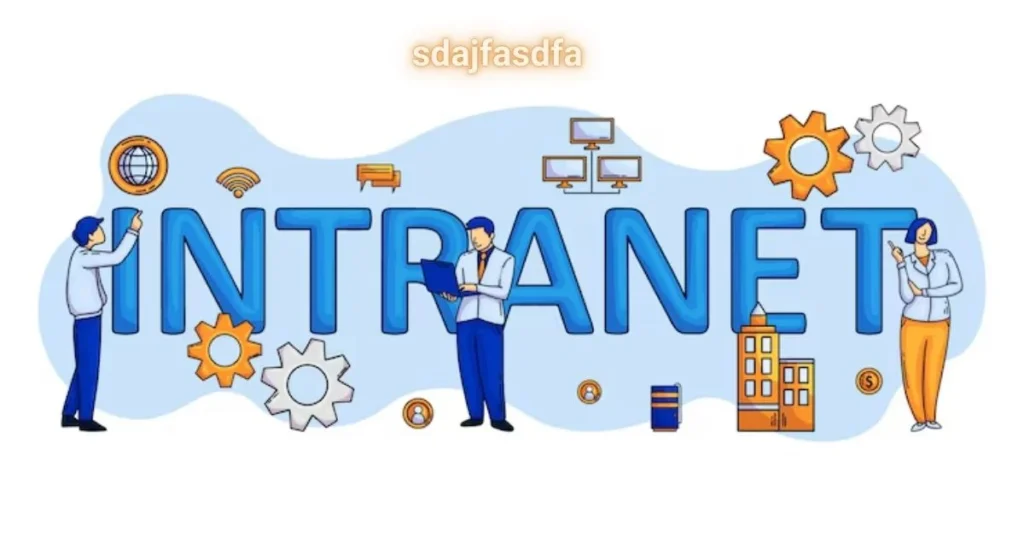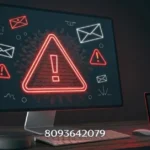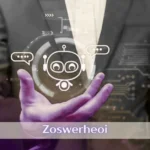Introduction to sdajfasdfa
Welcome to the chaotic yet captivating world of the internet, where sdajfasdfa embodies both humor and innovation. You might be wondering what this gibberish stands for. Is it just a random string of characters or does it represent something deeper in our digital age? As online communication evolves, so do the ways we express ourselves. From memes that make us laugh to trends that spark debate, the web is a playground for creativity and absurdity alike. This blog will dive into how these seemingly nonsensical elements shape our lives today and challenge you to think about whether they are mere distractions or sparks of genuine innovation. Get ready to explore!
The Evolution of Online Communication
Online communication has come a long way since the early days of the internet. Remember those dial-up modems? The sounds still echo in our memories, signaling connections to chat rooms and bulletin boards.
As technology advanced, platforms like AOL Instant Messenger changed how we interacted. Suddenly, sending a message felt instant—almost magical.
Then came social media, revolutionizing connectivity. Facebook and Twitter allowed us to share moments and thoughts with friends worldwide. We were no longer limited by geography.
The rise of video calling added another layer to online interactions. Platforms like Skype and Zoom made face-to-face conversations possible from anywhere.
Today, emojis and GIFs have created a new language of their own. Communication is faster, more visual, and often playful—a blend that reflects our dynamic digital culture. Each evolution highlights humanity’s innate desire for connection in an increasingly virtual world.
Examples of sdajfasdfa
The digital landscape is sprinkled with quirky creations that exemplify sdajfasdfa. Memes are a prime example, blending humor and commentary in ways that resonate across demographics. They can turn mundane moments into viral sensations.
Consider the rise of TikTok challenges. These short-form videos showcase creativity and spontaneity, allowing users to express themselves in unexpected ways. Each challenge builds community while pushing boundaries.
Another noteworthy instance is the phenomenon of internet slang—terms like “lit” and “sus” have transcended their origins, embedding themselves into everyday conversations worldwide. This evolution highlights our changing communication styles.
Platforms like Reddit host countless threads dedicated to absurd concepts, giving birth to new ideas daily. From r/wholesomememes to r/Showerthoughts, each community thrives on shared experiences that often spark laughter or reflection.
These examples illustrate how what might seem nonsensical at first glance can lead to innovation and greater connectivity among people globally.
Impact on Society and Culture
The impact of sdajfasdfa on society and culture is profound. It has reshaped how we interact, communicate, and express ourselves online.
Consider the rise of memes. They encapsulate complex ideas into digestible formats. Humor spreads quickly, often reflecting societal norms or critiquing them.
Social media platforms have become a battleground for ideas. Activism thrives here; movements gain momentum through shareable content that resonates widely.
Cultural phenomena also emerge from this space. New languages develop as slang evolves in real-time interactions.
Moreover, younger generations absorb these trends differently than their predecessors did. Their understanding of community and identity shifts significantly due to constant connectivity.
Yet there’s an underlying tension too—between authentic connection and superficial engagement. This duality shapes modern relationships in unique ways, inviting deeper reflection on what it means to be part of a digital world influenced by such creative chaos.
Criticisms and Controversies surrounding Internet Nonsense
Critics of internet nonsense often argue that it leads to misinformation. With the rapid spread of memes and viral content, facts can get distorted. This twist on reality sometimes shapes public perception negatively.
Another concern is the impact on mental health. The constant barrage of silly trends can create a feeling of inadequacy among users. People may feel pressured to participate in absurd challenges just for online validation.
Moreover, some view this phenomenon as a distraction from serious issues. As society grapples with critical topics like climate change or political unrest, lighthearted content might overshadow more pressing conversations.
Interestingly, these criticisms spark debates about what constitutes value in digital communication. Is humor trivializing important matters? Or does it provide a necessary relief amidst chaos? These discussions continue to shape our understanding of internet culture today.
The Positive Side of Internet Nonsense: Innovation and Creativity
Internet nonsense often gets a bad rap, but it can be a breeding ground for innovation and creativity. Memes, viral challenges, and absurd humor spark unique ideas that resonate with audiences worldwide.
These seemingly trivial trends encourage collaboration among users. People remix content in playful ways, creating something entirely new from the original concept. This process fosters community engagement as individuals bond over shared experiences.
Moreover, internet nonsense has inspired artists and entrepreneurs alike. Many have turned fleeting jokes into successful businesses or art movements, proving that silly ideas can lead to significant outcomes.
The randomness of online culture allows for experimentation without the fear of failure. It’s this freedom that fuels creative expression and pushes boundaries in ways traditional methods might not permit.
Conclusion
The internet has transformed the way we communicate and interact. From memes to viral trends, what might seem like mere nonsense often carries deeper meanings or sparks creativity. The evolution of online communication showcases a blend of humor, satire, and innovation.
While some may criticize these trends as trivial distractions or degrading cultural values, others see them as opportunities for connection and expression. Internet nonsense fosters creativity in unexpected ways, pushing boundaries that traditional forms of media could not.
As we navigate this digital landscape, it’s essential to recognize the duality present within these phenomena. They can be both nonsensical and profound; frivolous yet innovative. Embracing this complexity will allow us to appreciate the myriad ways in which sdajfasdfa encapsulates our ever-evolving relationship with technology and culture.
Understanding its role helps us discern how such content shapes societal norms while encouraging creative thought processes. So next time you encounter what seems like random noise on your feed, consider taking a moment to dig deeper—it just might lead you down an interesting path of discovery.
FAQs
What is “sdajfasdfa”?
“sdajfasdfa” appears to be a random string of characters, possibly a typo or placeholder. But in the context of internet culture, even gibberish can spark creativity, serve as a meme, or symbolize digital experimentation.
Can sdajfasdfa have real meaning online?
Yes. While it may start as nonsense, such terms can evolve to carry meaning within specific communities, much like memes or slang that gain cultural relevance over time.
Why do people use gibberish like sdajfasdfa online?
Often it’s used for humor, testing, placeholders, or just creative expression. Sometimes randomness breaks the monotony and adds a playful edge to online interactions.
Is sdajfasdfa an example of digital creativity?
Absolutely. The very act of analyzing or interpreting it highlights how digital culture encourages open-ended, imaginative engagement—even with the absurd.
Could something like sdajfasdfa influence real-world trends?
Surprisingly, yes. Viral content often starts with something seemingly silly. If “sdajfasdfa” catches on, it could become a meme, inspire merch, or fuel conversations in niche communities.






